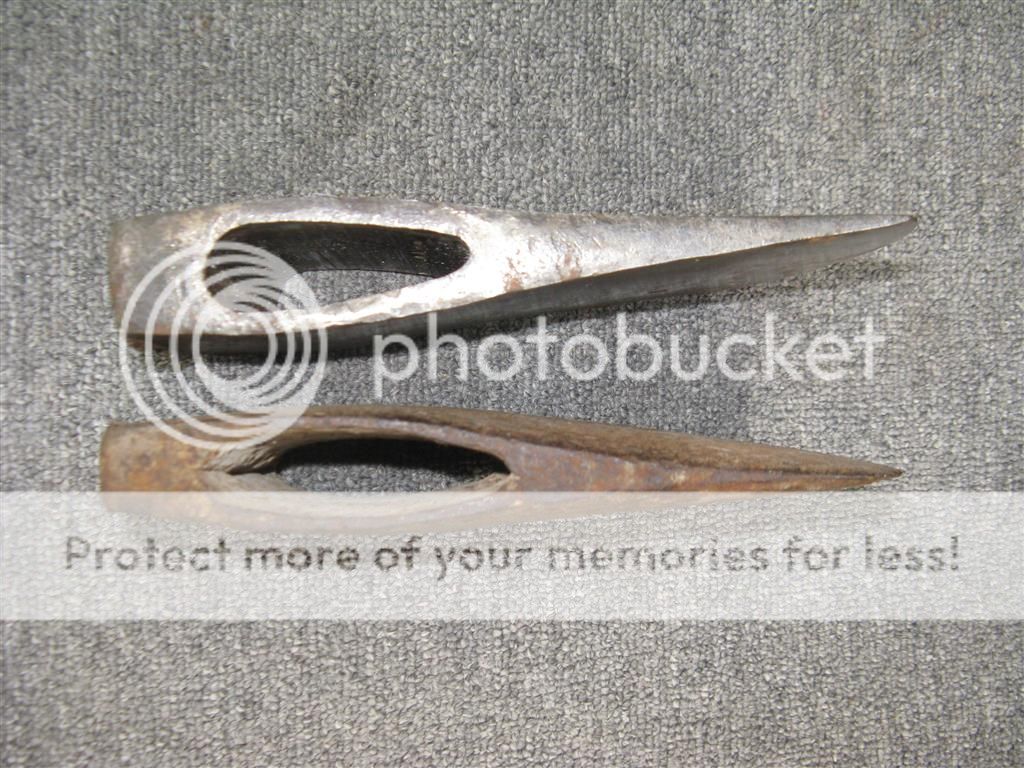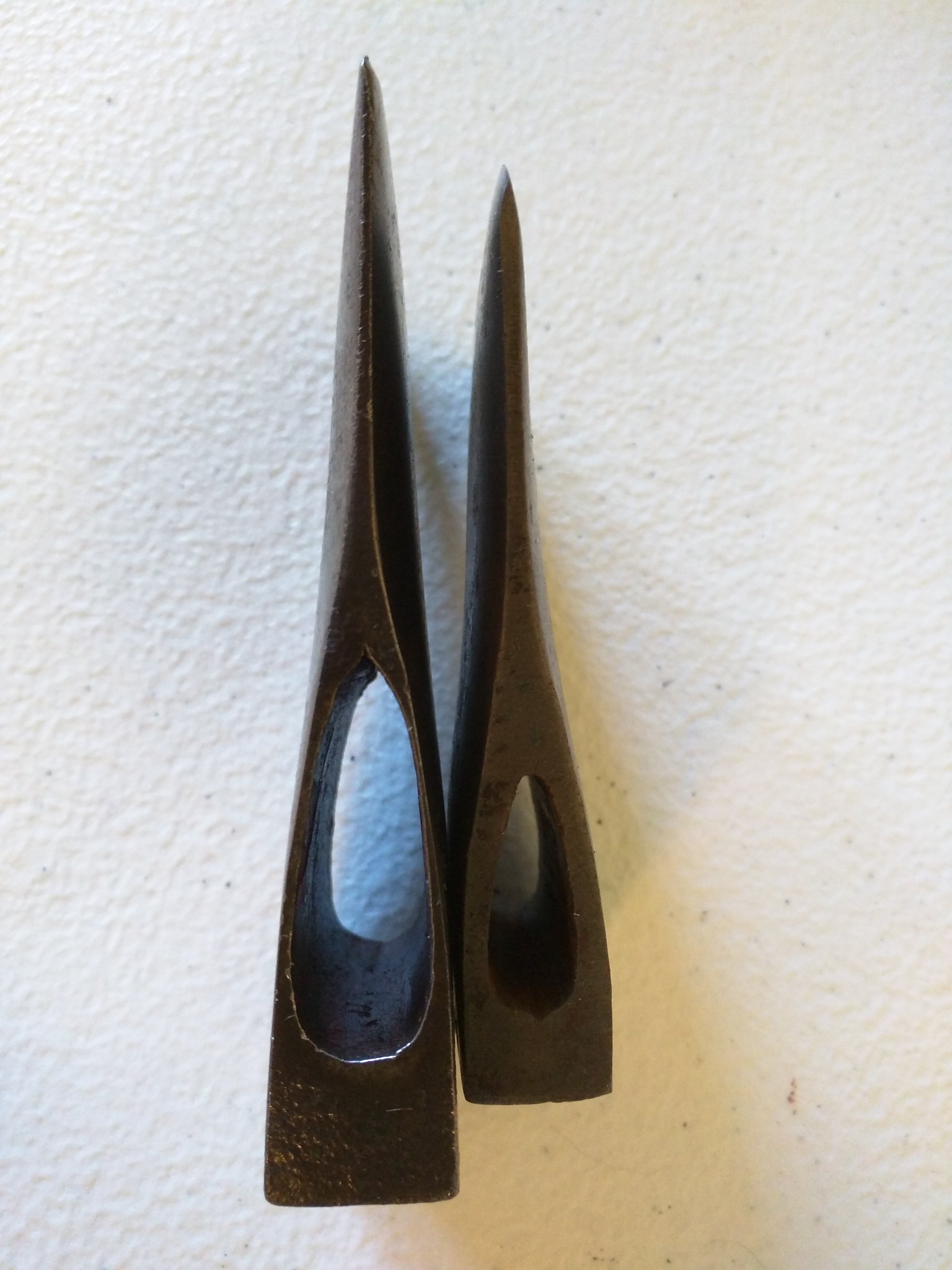Or if you wanted to have some fun, go grab an antique axe head and re-haft it.
I've handled some CT axes and there kinda rough around the edges but as far as axes go, there usable. Take a look at husqvarna axes, there made my GB and are a cheaper alternative and they have some of the finest axe steel on the market.
Yes, they are for sure a little rough around the edges. They'll need some sharpening and sanding/oiling, but both the 4 and 5-pound Dayton I have refurbed have decently high centerlines, and the 5-pounder especially is an excellent splitter and holds and edge very well. A Big vintage axe with a high centerline could be the ticket if you can find one for cheap as well.
They have some really nice jersey patterns as well, but I think they max at 3.5 pounds. If you want a faster/lighter axe, those would be a good choice as well. I have handled the standard CTs as a local hardware store has them..rough, but well built overall. The length is around 35" for the Daytons and Jersey I believe.
If the Husqvarna has a high centerline I am sure it would be a good option as well, but it's Swedish-made by Hultafors and they all tend to have flat cheeks. Who knows, though....maybe that would give better penetration. I doubt it though, and I would think you would risk more edge damage on thin, flat heads. I could most certainly be wrong though.




